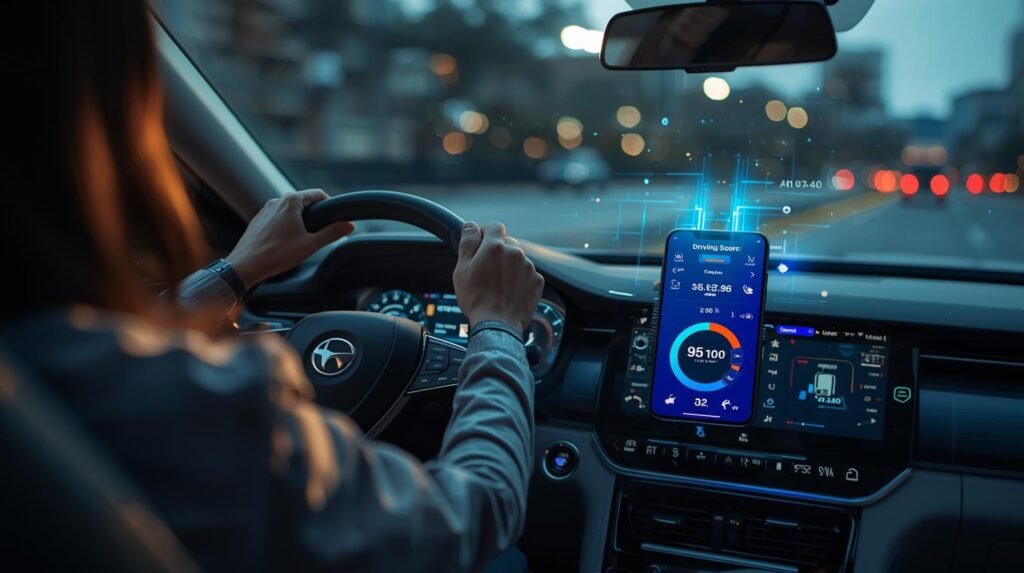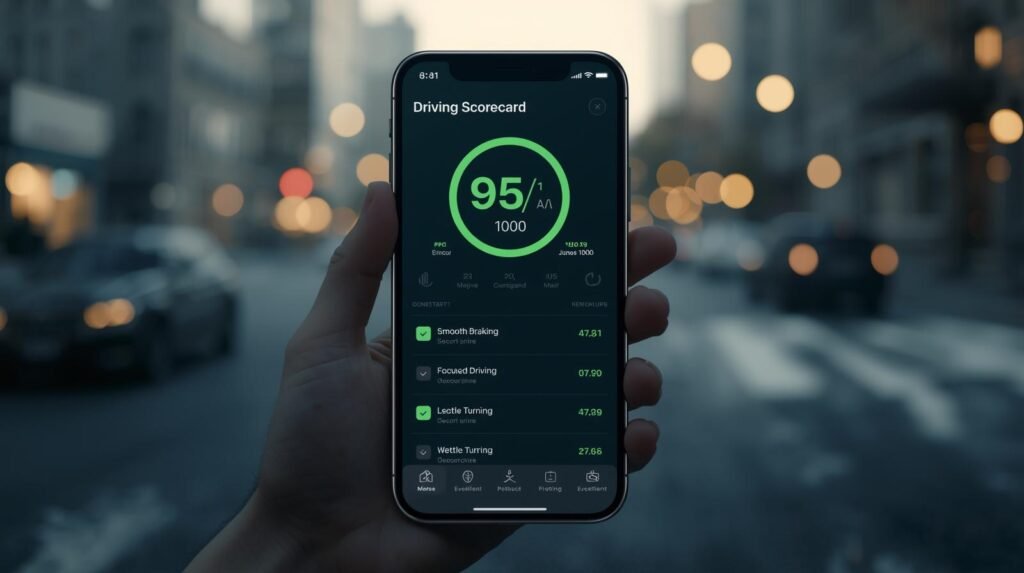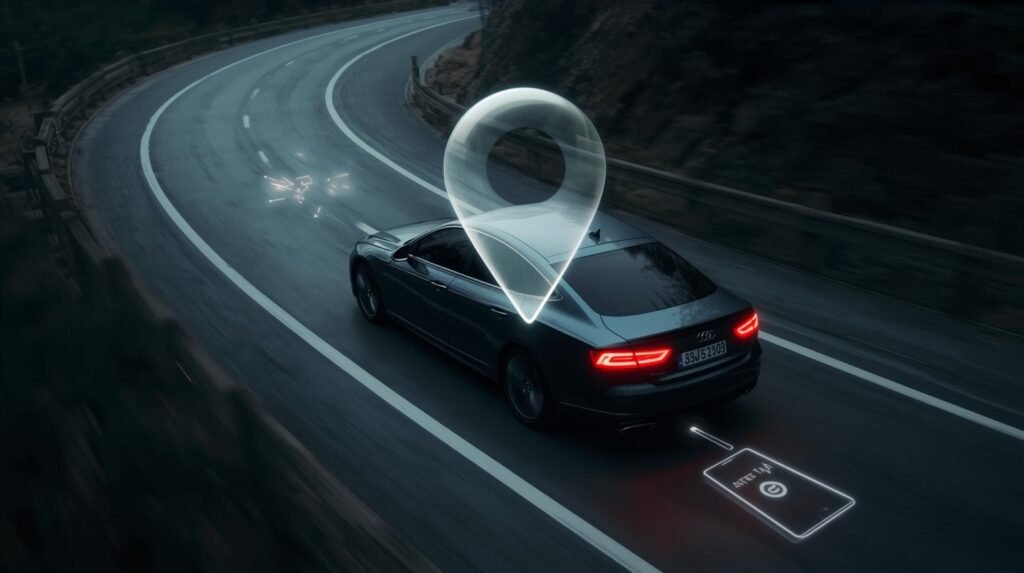Hey everyone! I’m Adnan from The Insurtech Guide. The big promise of InsurTech car insurance is a premium based on how you actually drive, not on broad, often unfair factors like your zip code. Companies like Root have taken this a step further with a radical idea: a “try before you buy” model.
The concept is simple: download their app, let it monitor your driving for a few weeks (a “test drive”), and then they’ll offer you a quote based on your real-world driving habits. If you’re a safe driver, you could get a massive discount. But it also means handing over a huge amount of data about your movements before you’re even a customer.
Is this “test drive” a fair deal, or is it an invasive gimmick? I decided to go through the entire process myself for this telematics test drive review. I wanted to see what it’s really like, what they track, and if the potential savings are worth the privacy trade-off.

Table of Contents
How the Telematics Test Drive Works
The first thing I had to understand was what the app was actually doing. After signing up, the app uses your phone’s built-in sensors (like the GPS and accelerometer) to monitor your driving habits 24/7 for about three to four weeks.
During this period, it’s constantly grading you on several key factors:
- Smooth Braking: Are you slamming on the brakes or coming to gentle stops?
- Focused Driving: Are you using your phone while the car is in motion?
- Gentle Turning: Are you taking corners at a safe speed?
- Safe Hours: Are you driving at safe times of the day (avoiding late nights)?
The app then compiles all this data to create a safe driving score. This score is the single most important factor in determining the premium they will offer you. This score is the most important factor in this telematics test drive review.

My Personal Experience: The Good, The Bad, and The Awkward
I installed the app and let it run for a full month. Here’s my honest take.
The Good:
The process was completely passive. I just had to keep my phone with me, and the app did everything in the background. It was motivating to see my score improve as I consciously focused on smoother braking and turning. It genuinely made me a more mindful driver.
The Bad (The Privacy Question):
There’s no getting around it: the app is tracking your every move in the car. It knows where you go, when you go, and how you get there. For anyone concerned about telematics data collection privacy, this is a significant hurdle. You are trading a slice of your privacy for a potential discount. The company is transparent about this, but it’s a trade-off you must be comfortable with.

The Awkward:
The app isn’t perfect. A few times, it incorrectly logged me as the driver when I was a passenger on a bus. I was able to go into the app and correct it, but it’s something to be aware of.
So, Is It a Fair Deal? The Verdict of My Telematics Test Drive Review
After completing my test drive, I was offered a quote. It was significantly cheaper than my previous “traditional” policy. This leads me to the core conclusion of this telematics test drive review:
Yes, for the right person, it is an incredibly fair deal.
The traditional model forces safe drivers to subsidize the costs of risky drivers in their demographic. The “try before you buy” model breaks that cycle. It gives you, the individual, the power to prove your own behavior and be rewarded for it.
This model is a fair deal if:
- You are genuinely a safe, focused driver.
- You are comfortable with the data privacy trade-off.
- You want a premium that is based on your actions, not your zip code or credit score.
However, if you are a frequent late-night driver, have a lead foot, or are deeply uncomfortable with being monitored, this model is likely not for you, and you may be better off with a more traditional policy. It’s a system that rewards merit, and in the world of insurance, that’s a truly revolutionary—and fair—idea.





Leave a Reply